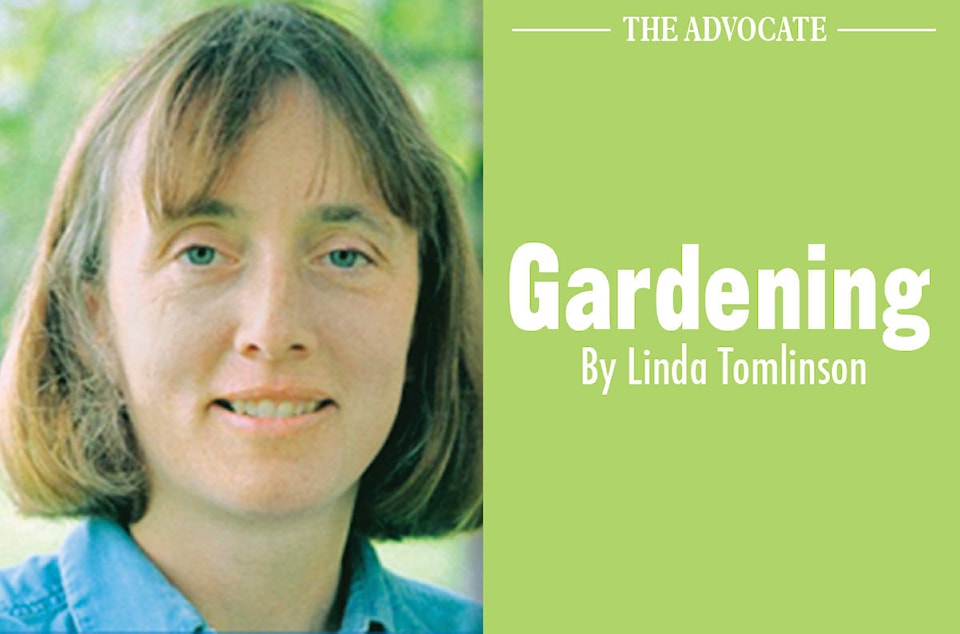At one time people learned to garden by helping their parents or grandparents. Times have changed. Time honoured practices such as plant the potatoes when the lilac leaves are the size of mouse ears are no longer adhered to. Instead, people look for quick public information, the internet.
The internet is a great source of information but also makes it easy to unintentionally or intentionally to spread misinformation. Gardening is no exception. Not all sites are created equal. Some are careful to insure that their information is correct other are not. Look for the author’s name, date it was written and citations to back up their facts. . Is the article dated? Have they cited where any of the information was found? URL or address are important. Educational sites will either have the institutes name or initials in the URL. Government sites include gov. in their address. .com, .net and .org are domains that can be bought which means the information may or may not be accurate. Ignore sites that use poor grammar, spelling or appear to be selling products they are promoting as there information could be bias. https://uknowit.uwgb.edu/page.php?id=30276
Some of the wrong information is circulated is due to new research that the authors have missed. At one time, pruning paint was spread on any cut over 2 inches in diameter. Researchers studied plants healing times in the 80’s and found that pruning paint was not a factor in the plant healing cuts. Paint did not keep moisture, insects or diseases out of the cut.
Once, all trees were staked. Now, trees are only staked if it is top heavy or the area is very windy.
Researchers found that newly planted trees whose tops sway in the wind develop anchor roots quicker than plants that are staked.
Last century, large holes were dug when trees were planted. They were deep and wide. This changed when researchers found that when planted too deep, tree roots received less oxygen making it harder to take in moisture and nutrients. At present time it is recommended that the top root of the rootball should be within 2 inches (5 cm) of the soil surface.
What about adding sand to clay to develop a softer soil? This depends on the type of sand used. Sand with rounded corners fit between the pours in the clay and other soil making cement. On the other hand, the corners of sharp sand, create more air pockets making a looser soil. If in doubt as to what type of sand is available, leave it out of the garden.
The organic nonorganic argument has been taken to a new level with the removal of chemical pesticides. The organic pesticides on the shelves are just as hazardous as were the chemical ones. Rarely do the pesticides only kill one species. They usually kill all they touch. Know how the poison will react with the total environment before using it.
In the last few years, recipes for a vinegar solution weed killer has been making its rounds on the internet. According to Rodales, a long running organic magazine, https://www.rodalesorganiclife.com/garden/vinegar-weed-killer-danger, vinegar is not a good solution to problem weeds. Table vinegar contains 5% acetic acid which can burn the top growth of plants but is unlikely to kill anything but the youngest weeds. Horticultural vinegar with a concentration of 20% is another matter. At this concentration the vinegar is capable of burning skin, and is corrosive to tin, iron, concrete and aluminum let alone insects and small creatures. Protective goggles and clothing is needed to safely spray Horticultural Vinegar.
Ants when left undisturbed create large hills and create large air pockets in the roots of plants causing them to die. Getting rid of them is not an easy task. They will not explode by eating baking soda. Aspartame does not work as a poison and neither does coffee creamer. For a poison to be successful, ants must take it back to the hill and feed it to the Queen. Even mixing two hills of ants together will not eliminate the problem. It will cause them to fight but will not kill either hill.
When looking for information on the internet be sceptical. If it is too good to be true chances are it isn’t.
Linda Tomlinson is a horticulturalist that lives near Rocky Mountain House. She can be reached at your_garden@hotmail.com
